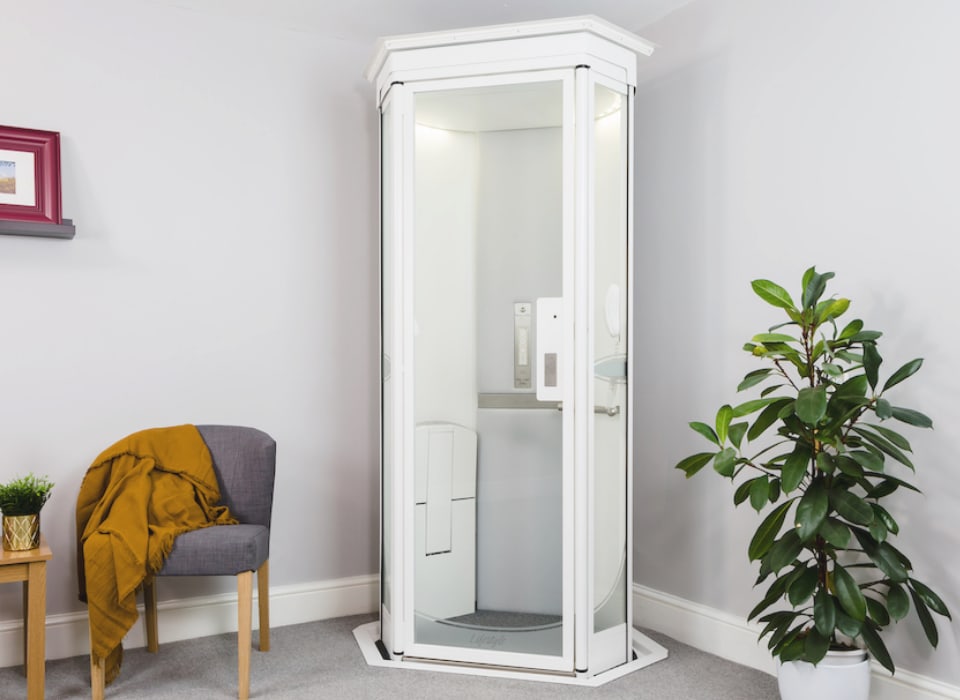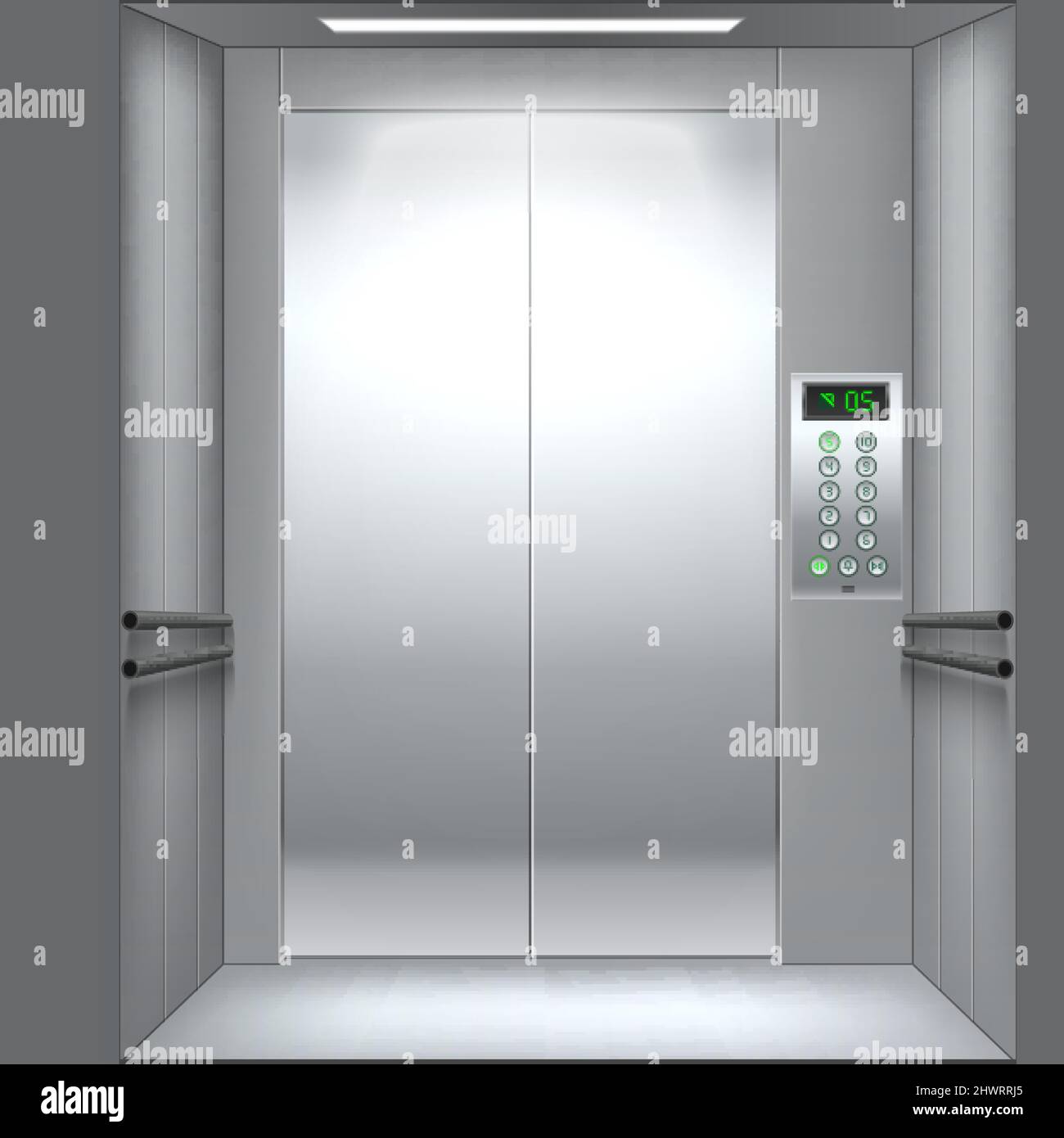We Maintain Lifts with Accuracy: Ensuring Safety and Performance
We Maintain Lifts with Accuracy: Ensuring Safety and Performance
Blog Article
Diving Into the Globe of Elevators: Usual Issues Encountered by Different Lift Mechanisms
As we browse through the vertical transport systems of modern-day structures, elevators stand apart as a vital element of our everyday lives. Nonetheless, behind their seamless procedure exists a world of detailed systems that can often encounter difficulties. From hydraulic lifts to traction systems and machine-room-less layouts, each lift kind includes its collection of typical concerns. Comprehending these challenges is important for ensuring the smooth performance of these important systems. Allow's explore the intricacies that underlie the procedure of elevators and the prospective concerns that can occur, shedding light on the complex internet of lift mechanisms.
Hydraulic Elevators
Hydraulic lifts, frequently favored for low-rise structures, make use of fluid stress to control the movement of the elevator automobile (lift repair companies). This device includes a hydraulic pump pushing oil into a cyndrical tube, triggering the lift to relocate in the desired direction. While hydraulic elevators are recognized for their smooth and silent operation, they do include their own collection of typical issues
One prevalent problem with hydraulic lifts is oil leak. In addition, problems with the control system, such as defective valves or a malfunctioning pump, can create disturbances in the elevator's movement.
Routine maintenance and prompt repair work are important to guarantee the smooth performance of hydraulic lifts. By attending to these typical issues proactively, structure owners can lessen downtime and make sure the safety and efficiency of their upright transportation system.
Grip Elevators
When considering upright transportation systems in structures, one more common kind in addition to hydraulic lifts is the grip lift. Grip elevators operate using a system of ropes and weights that move the lift auto by clutching onto the hoist ropes. This system enables smoother and much faster vertical transport compared to hydraulic systems.
Among the common concerns dealt with by traction lifts is rope wear. The constant activity of the ropes within the traction system can cause tear and wear with time, potentially creating the lift to malfunction or come to be risky for use. Routine assessments and upkeep of the ropes are important to guarantee the elevator's appropriate performance and safety.
An additional issue that traction lifts might come across is related to the control system. Issues with the control system can cause concerns such as erratic motion, hold-ups in feedback times, or perhaps full closures. Regular testing and upkeep of the control system are essential to avoid such problems and ensure the elevator's dependability.
Machine-Room-Less (MRL) Lifts

Among the vital elements of MRL elevators is the compact gearless traction machine that dig this is installed within the hoistway. This machine effectively drives the elevator cars and truck without the need for bulky tools found in typical traction lifts. Additionally, MRL lifts usually utilize a counterweight system to stabilize the vehicle, additional enhancing their energy performance.
Despite their advantages, MRL elevators might encounter challenges connected to repair and maintenance due to the restricted area for devices installation. Access for servicing components within the shaft can be restricted, needing specialized training for specialists. Appropriate upkeep routines and routine examinations are crucial to guarantee the continued smooth operation of MRL elevators.
Overloading and Weight Limitation Issues
Are elevators geared up to manage excess weight tons effectively and securely? Overwhelming and weight restriction concerns are critical concerns in elevator procedures. Lift suppliers layout raises with details weight capacities to make certain guest safety and security and tools long life. Surpassing these weight limitations can result in various issues, including mechanical failures, delays, and safety and security hazards.
When elevators are overloaded, it places too much pressure on the motor, cable televisions, and other parts, potentially causing breakdowns or breakdowns. Safety and security systems such as sensors and overload sensing units remain in area to stop elevators from moving if they find excess weight. In addition, going beyond weight limitations more can lead to boosted power consumption and wear and tear on the lift system.
To alleviate overwhelming issues, constructing managers need to plainly display weight restrictions in elevators and inform owners on the importance of sticking to these limitations - lift repair companies. Regular upkeep checks by qualified service technicians can likewise help guarantee that lifts are operating within safe weight criteria. By resolving overloading and weight restriction concerns proactively, structure owners can improve elevator safety and performance
Electric System Failures
Exceeding weight limitations in lifts can not only result in mechanical concerns but likewise possibly add to electric system failures within the lift framework. Electric system failings are a crucial concern in lift procedure, as they can cause unanticipated shutdowns, breakdowns, and even security risks. One usual electric issue is the getting too hot of parts because of extreme current flow triggered by straining the lift past its ability. This can lead to damage to the wiring, motor, or control systems, leading to expensive repair services and downtime.
Regular upkeep and evaluations are crucial to recognize and deal with prospective electrical issues immediately, making sure the secure and effective operation of lift systems. By sticking to weight limits and performing routine electric system checks, building proprietors can reduce the risk of electrical failings in elevators.
Final Thought

Hydraulic lifts, commonly chosen for low-rise buildings, utilize fluid pressure to regulate the motion of the lift auto.When taking into consideration upright transportation systems in structures, another usual kind apart from hydraulic click for more info lifts is the traction elevator. Grip elevators operate utilizing a system of ropes and counterweights that move the lift auto by gripping onto the hoist ropes. Unlike typical lifts that call for a separate device space to house the tools, MRL lifts integrate many of the parts within the shaft, eliminating the demand for a committed device area.In verdict, lifts encounter usual issues such as hydraulic malfunctions, traction system failures, and electrical system issues.
Report this page